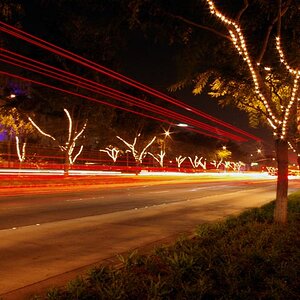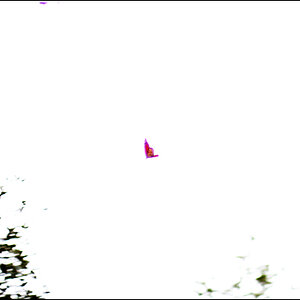Solarflare
No longer a newbie, moving up!
- Joined
- May 24, 2012
- Messages
- 2,898
- Reaction score
- 395
I frankly dont get what this even means.One thing I haven't seen anyone hit on that might help OP is a focal length of about 50mm is what the human eye sees. So you can judge from that the distance the lens can see.
Obviously, human beings have a 14mm lens because we have a nearly 180 degree vision (horizontally, anyway).
But I've read that our actual field of view, the area where we really see sharp, thanks to enough light sensitive cells in that area, is just 3 degrees, which is about 800mm.
And if I view through my viewfinder, the image I get with my 50mm equivalent is nowhere near the image I would see without the camera. I guess that also depends upon the magnification factor of your viewfinder.
So where exactly does one get this "50mm is near what the human eye sees".
What I get is that its pretty close to the actual size of the sensor, which is 43.3mm (thats the diagonal of a 36x24mm full frame sensor).



![[No title]](/data/xfmg/thumbnail/42/42230-fa8ace50a80342c7d91db1431f911bab.jpg?1619740048)






![[No title]](/data/xfmg/thumbnail/39/39460-55f4d48e22a9710f377f2a3dee45992e.jpg?1619739039)


